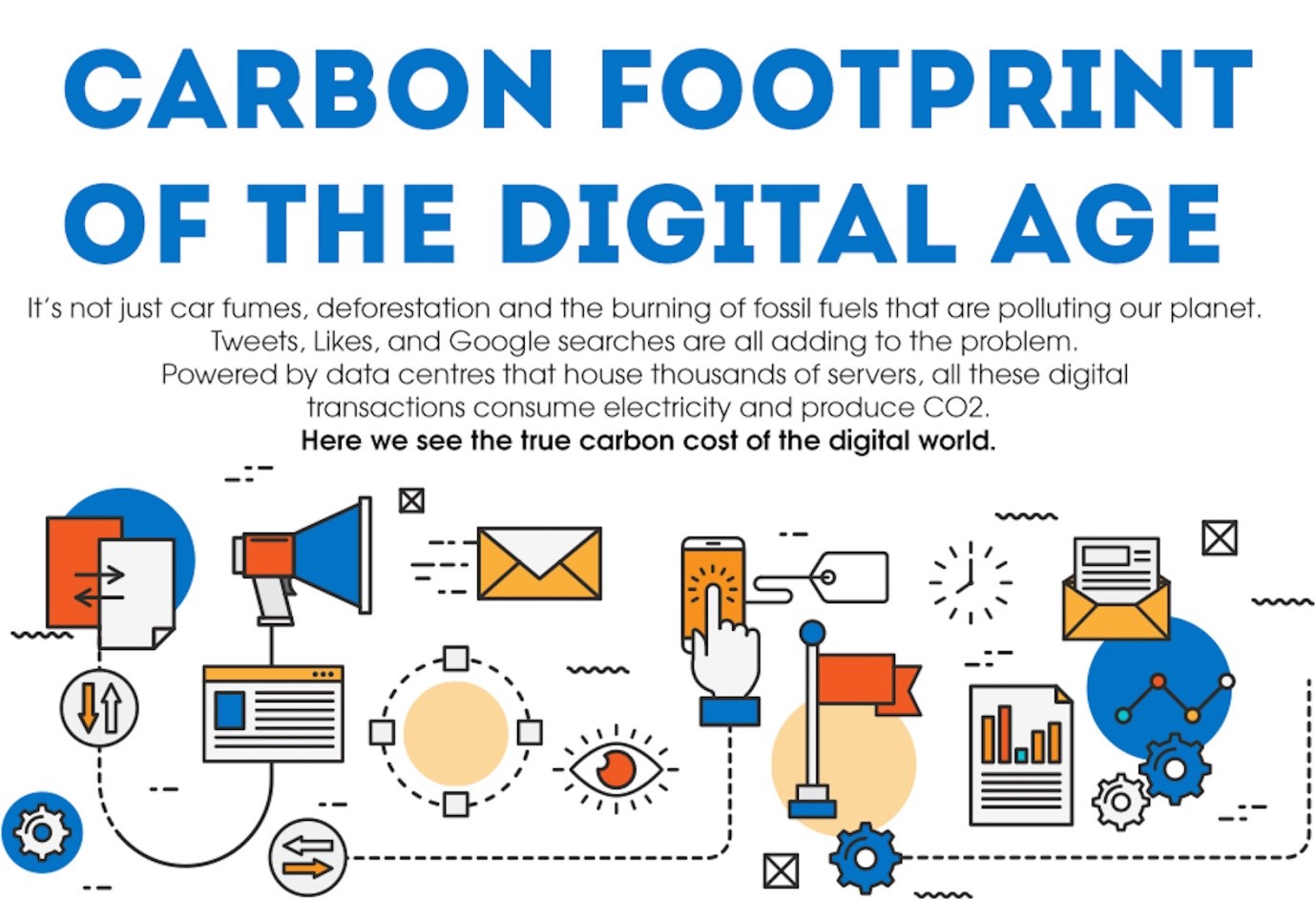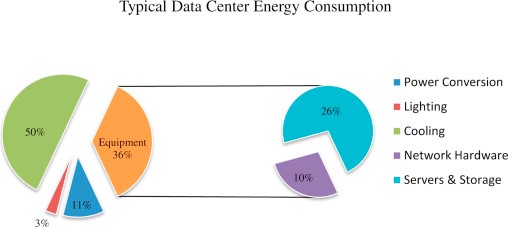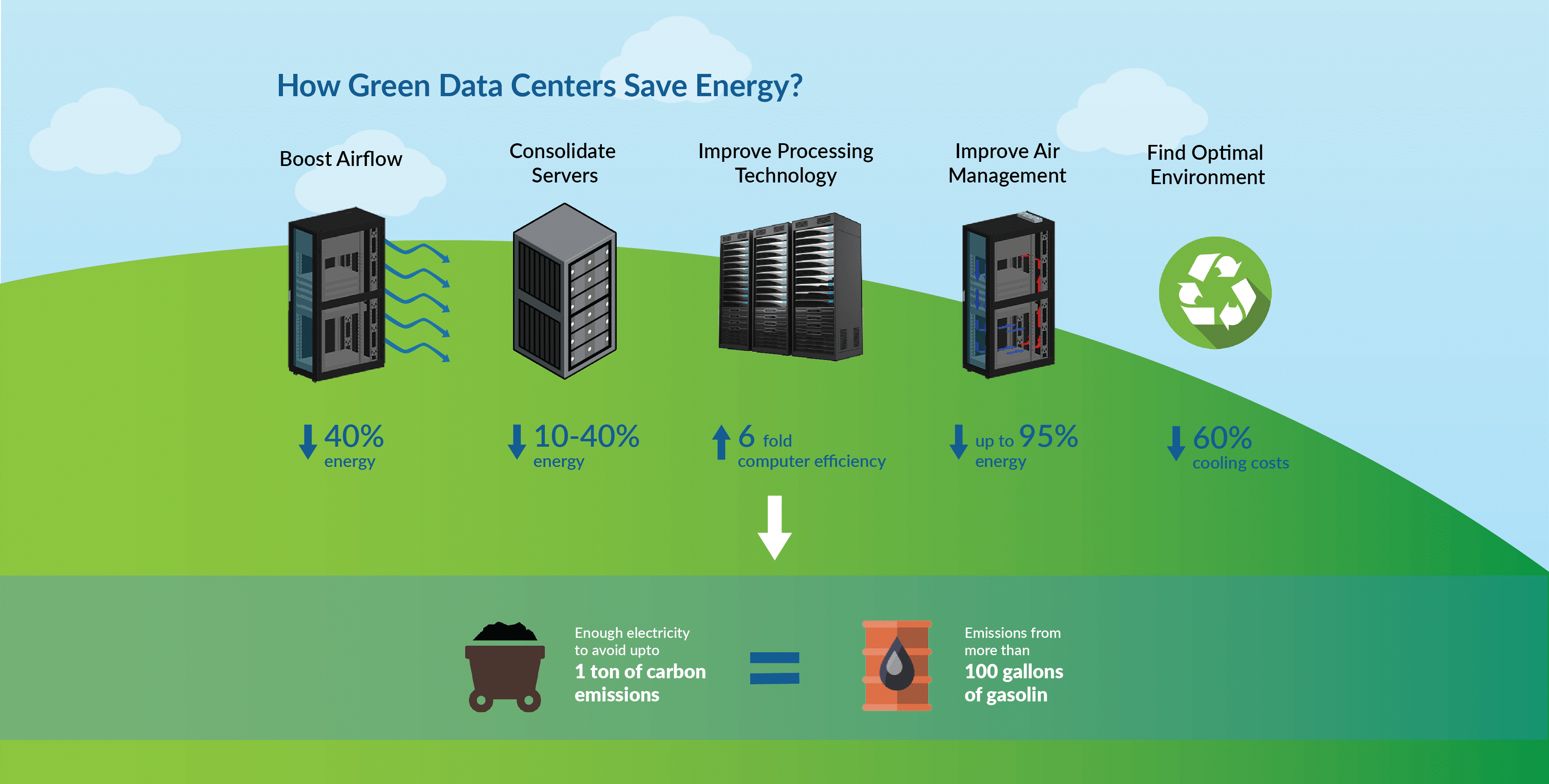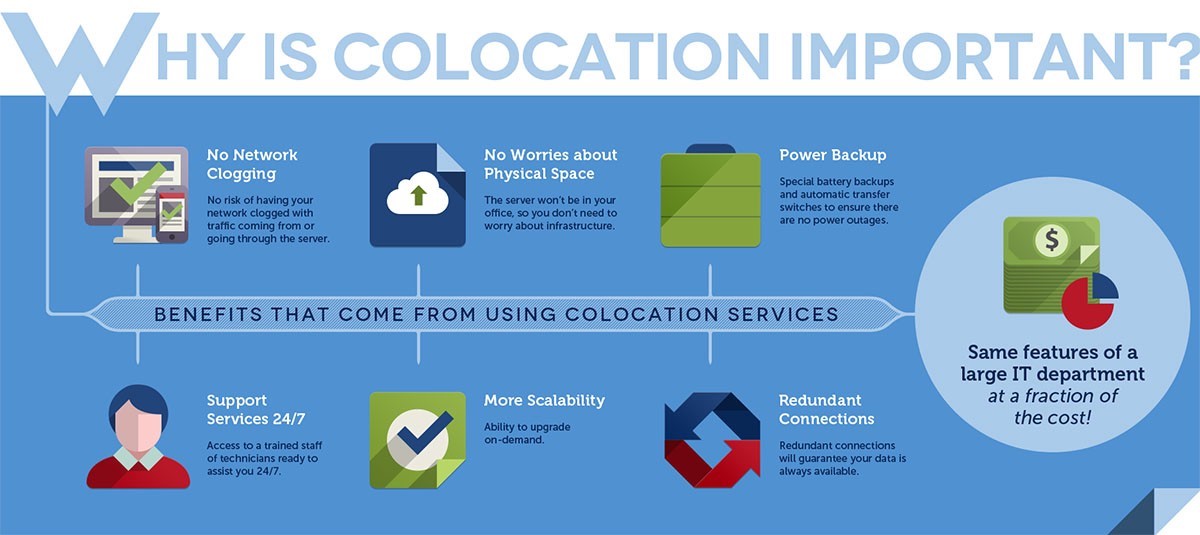Before this COVID-19 broadcast, the eco-system was the talk in the air everywhere. After this all gets over, we all should get back on that. The very first step towards a green environment would be shifting to carbon-free colocation services and data centers. The IT demands are as it is increasing at exponential levels and to meet those data centers are also growing at the same level. These have massive energy consumption that has resulted in a heightened carbon footprint. This has increased major issues for sustainability and thus requires serious IT initiatives to deal with this situation. Many big IT organizations around the world have already come with carbon-neutral hosting or data center services. Will it bring any advantage to the carbon footprint problem?

The answer is definitely yes. Let me clear this by sharing a fact- Data centers solely contribute 0.3% to the global carbon emission. A decline in this percentage cannot be seen in the very near future. But with smart steps taken in the right direction, it is not impossible. While all the environmental activists were busy spending their energy on limiting carbon emissions from the automotive, aviation and energy sectors; the communications industry was busy generating more carbon emissions than all those sectors.

Let’s see the pros as well as cons of carbon powered data centers-
|
PROS |
CONS |
|
High power density Reliable on-site power source Proven at scale over time Available technology and needs common skills Indefinite continuous on-site power source Low/medium operating costs Can be easily synchronized in series or parallel |
High carbon dioxide emissions High particulate emissions High capital costs Subject to regulation and operating limits Assets unused except during emergency Disciplined testing and maintenance needed Large on-site fuel tanks needed Requires significant space Not dynamic or easily redeployed Power is not available instantaneously Requires separate UPS |
As you can see there are more cons than pros which is a reason more than enough to switch to carbon-neutral hosting services.
But when it comes to using an environment-friendly resource, renewable resources like solar panels and wind turbines pop up first at foremost in everyone’s minds. But using these renewable energies needs a lot of capital investment for its setup and instalment. Also, there are markets that cannot operate directly on renewable energy resources. Especially for the small organizations that have very limited resources.
What is a Green Data Center?

Steps to optimal environment
Boosting airflow (saves 40% energy)
Consolidating servers (saves 10-40% energy)
Improved processing technology (6 fold increased efficiency)
Improved Air management (95% less energy)
Overall 60% reduced cooling costs
A green data center is the data center that uses environment-friendly sources for all the mechanical, lighting and electrical needs. These environment-friendly sources can be like the wind, solar power, hydropower, and biomass and so on. Although green data centers are a concept that was foreign to the data center owners bit is now for real. For E.g. Google’s Hamina data center located in Southeast Finland uses seawater air conditioning (SWAC) and deep water source cooling for equipment cooling. They have also found that applying machine learning and artificial intelligence concepts in data center operations can save up to 40% in cooling/air conditioning. You must be thinking how? With the help of AI systems, the adequate temperature required for the next hour can be easily predicted and can be scaled back to the minimum requirement. There are many other such strategies and tactics that organizations can adopt to reduce their energy consumption.
How Cloud Hosting Services Can Go Green?
Businesses nowadays have started replacing conventional means by cloud computing ways. Advantages like faster scaling up and down can be seen happening only through cloud computing. So when cloud computing is unignorably important then why not using it sustainably. Since the business owners have realized the fact, developers have come up with alternate cloud hosting infrastructure. Keeping the customer implementations of cloud resources in mind along with keeping it environment friendly. So here are some changes that were made in the cloud computing infrastructure to minimize the resource utilization and thus making the whole computing greener:
Physical Resources to Virtual Resources:
Virtualizing resources and then deploying them within the cloud infrastructure. It enables energy and makes all the resources more efficient. As less equipment will be used to maintain the same workload, will reduce the overall space and it will ultimately reduce the carbon footprint which is the overall need of the hour. The multiple advantages it holds –
- Lesser power consumption
- Lesser Carbon emission
- Lesser cost of acquisition
- Lesser number of PC’s and server management costs
- Lesser floor and desk space

This all has made virtualization an efficient way to overcome clumsiness of power by accommodating multiple Virtual Machine’s and thus optimizing the utilization of the available resources. Hence, cloud virtualization has a great potential to reduce global warming and energy consumption.
Incorporating Automation Software:
Incorporating the right automation software within your cloud computing infrastructure and maximizing consolidation will drive your business to a whole new level.

It has the right skill set to make the most use of the cloud-based technology. Thus as the ratio of server virtualization increases, energy is maximized and the efficiency of the resources increases.
Apposite Life-Cycle Management:
The pay-per-use system is the one of the best ways been discovered in the life-cycle management field. Using only which is needed make the organizations more responsible towards the environment and this leads to “turn off” the resource’s expiration times.
Combining Multiple Tenants:
Combining multiple tenants or popularly known as multitenancy benefits so many organisations at the same time. When demand patterns for multiple organizations are combined, business units’ peaks and requirements lessen out. The best result that comes out from multitenancy is the reduction in the requirement of extra infrastructure.

Therefore, multitenancy is beneficial at everyone’s perspective-
- For Cloud Operator Promises economy of scale
Promises improved market share and better branding
- For Users- More flexible Focuses on core expertiseReduces cost
Reduces time-to-market
- For the Organization- Reduces cost of IT deployment and operation
- For the Environment- helps in reducing carbon footprint
The unintended benefits of multitenancy are similar to like icing on the cake.
Shifting to Colocation Technology is the Most Effective
We just saw how by incorporating some ways into the cloud infrastructure can reduce the carbon footprint. Shifting to colocation technology brings more control over the cloud infrastructure. Collocating the IT assets leads to much more efficient deployment as it fine-tunes performance and powers down the unused equipment. All this has made colocation data centers the leaders of innovative data centers and has been building sustainable, green power solutions and saving costs. Data centers combined with colocation capacity (generally more than 140 MW) have emerged out to be the heroes when a reduction in the carbon footprint is measured. Thus incorporating colocation technology in most of the data centers should be a pre-emptive agenda for all the countries. But what is it with the collocated data centers?

The server power management by individual tenant is coordinated and is equipped with time-varying operation environment that takes care of the cooling efficiency and other renewables. Therefore, colocation data centers are a win-win situation as it addresses the peak power demands, proactively learns tenant’s responses and optimizing future prospects.
Although there won’t be any wonders happening in a day’s time. Every miracle to happen take so many years of planning, practice and implementation and so does the success of green data centers. Till then any new approaches with the intention of reducing carbon footprint is highly appreciated and needed for the data center services.






 Live Chat
Live Chat